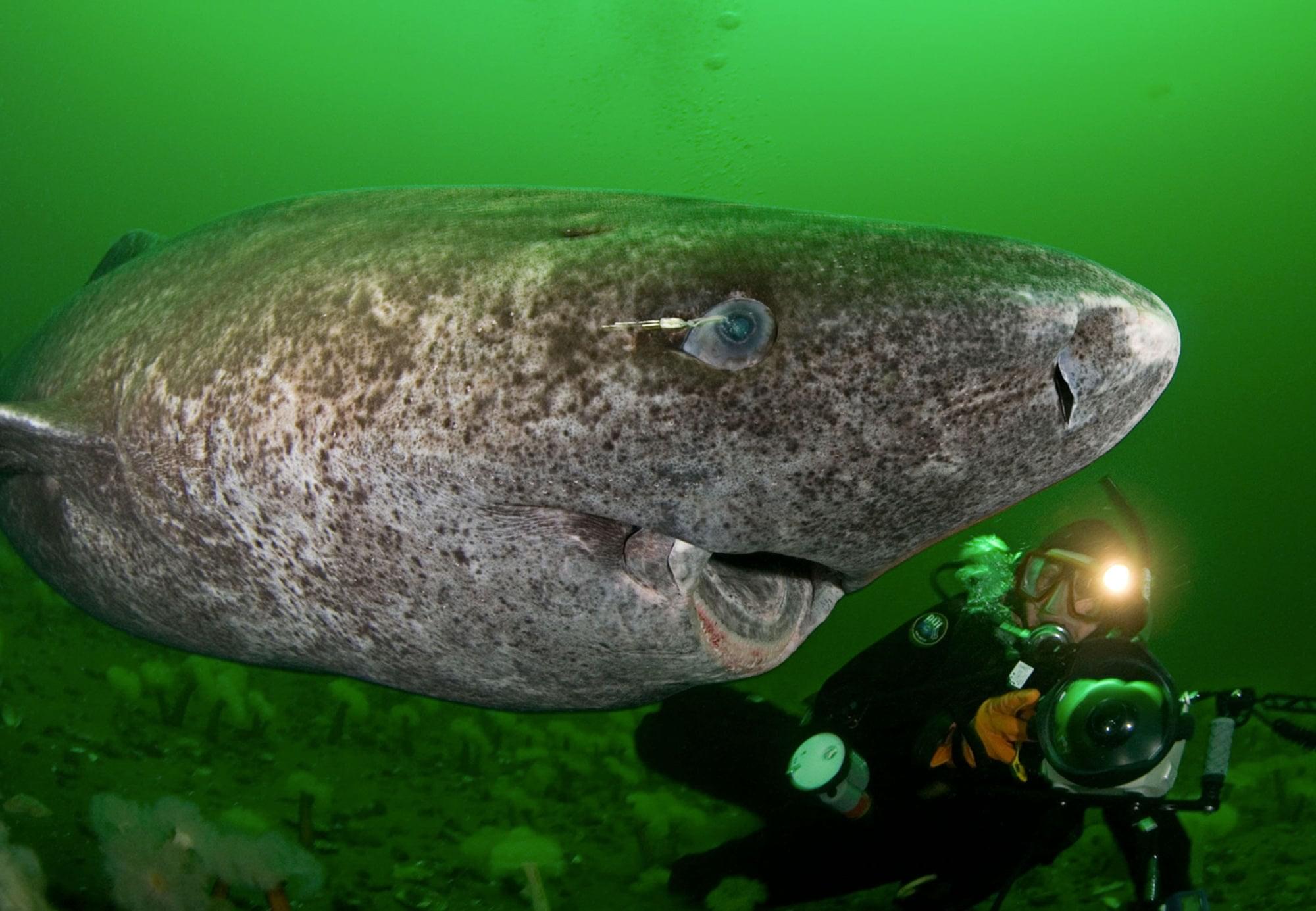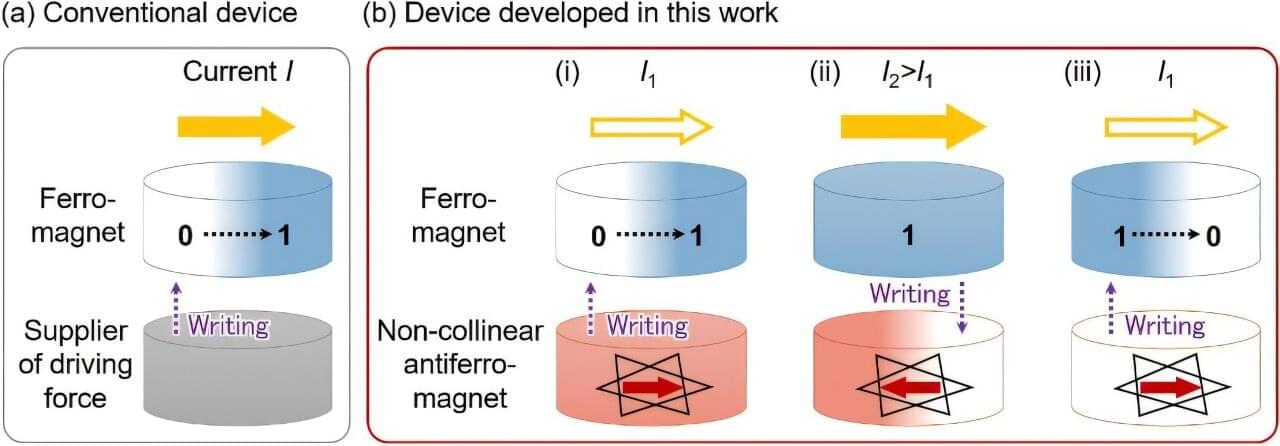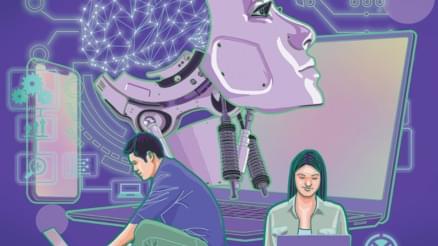This is superlongevity! ♾️
“One shark, measuring five meters, was found to be at least 272 years old, with an upper age estimate of more than 500 years (392 +/- 120 years). Another specimen was at least 260 years old, potentially exceeding 400 years. “We definitely expected the sharks to be old, but we didn’t expect that it would be the longest-living vertebrate animal,” Nielsen said.”
The Greenland shark holds the title as the longest-lived vertebrate on Earth, with some individuals potentially reaching 500 years of age. This elusive deep-sea predator, found in the frigid waters of the North Atlantic and Arctic Oceans, has fascinated scientists due to its remarkable lifespan. Its slow growth rate and mysterious biology have made it a subject of ongoing research, shedding light on how some species defy the limits of aging.
A major breakthrough in understanding the longevity of Greenland sharks came from a research team led by Julius Nielsen, a marine biologist at the University of Copenhagen. Nielsen and his colleagues conducted a study that revealed a Greenland shark estimated to be at least 272 years old, with some models suggesting an upper age limit of nearly 500 years.
This finding shattered previous records, surpassing the known lifespan of the 211-year-old bowhead whale, which had long been considered the longest-lived vertebrate.







